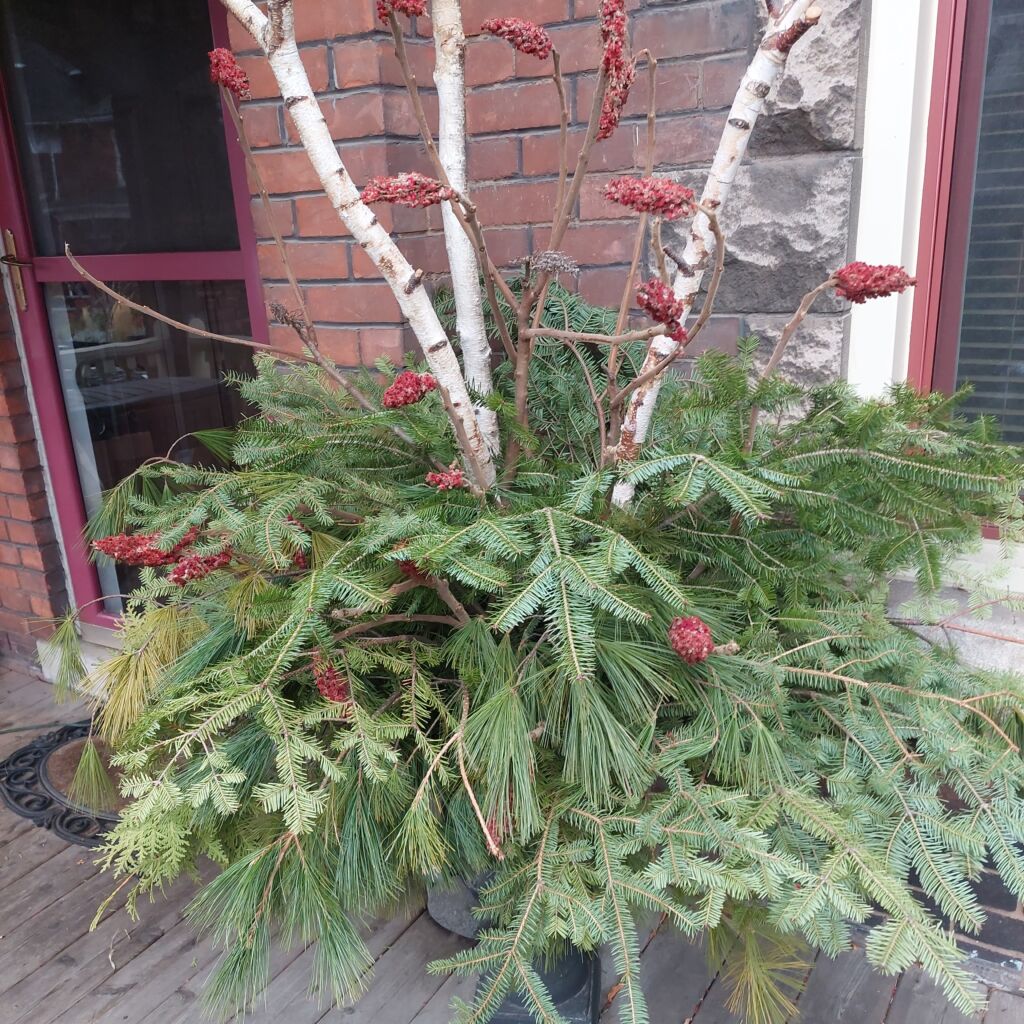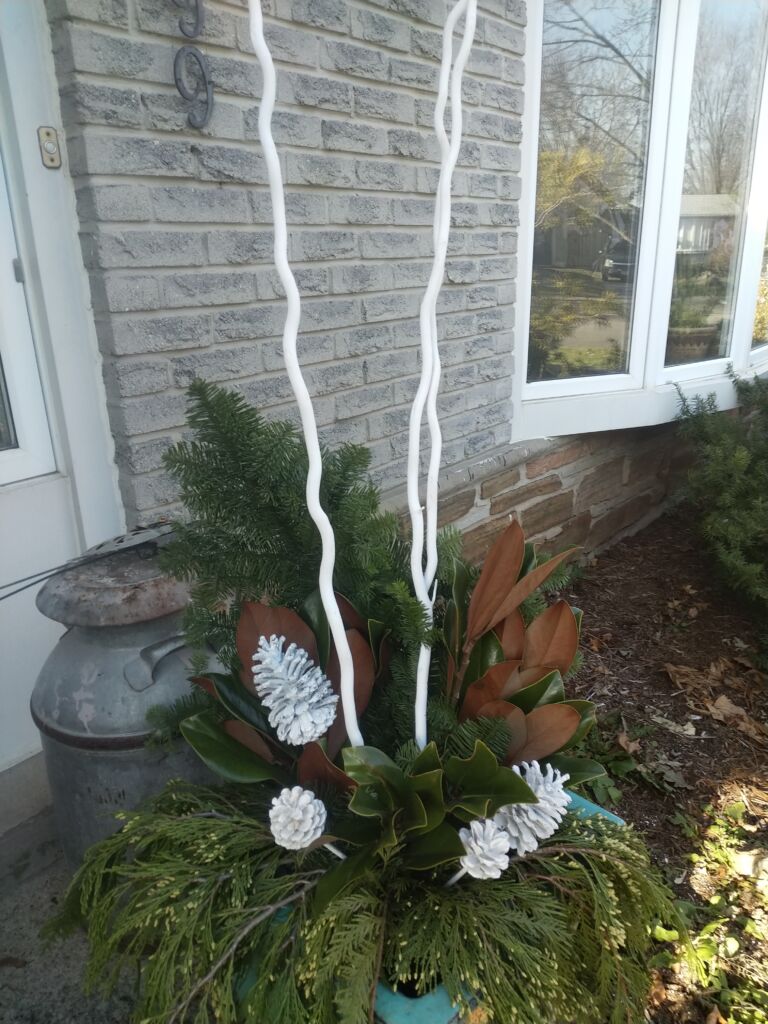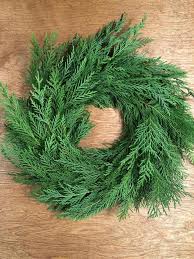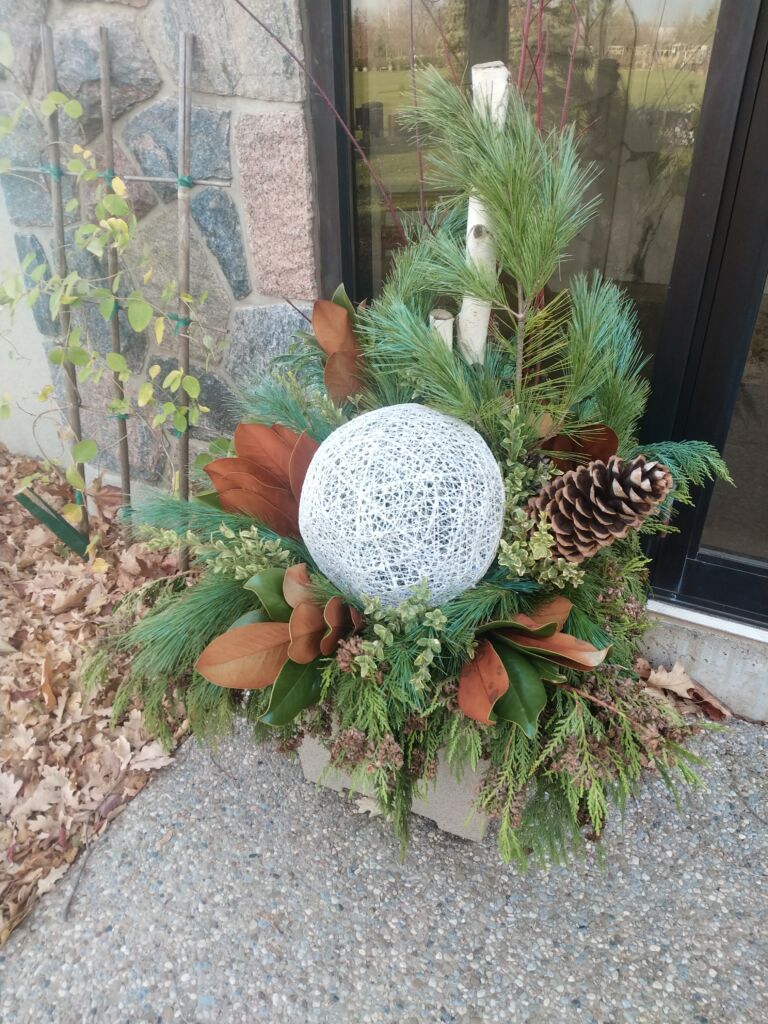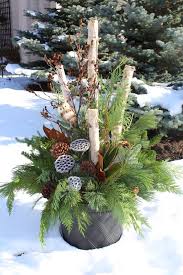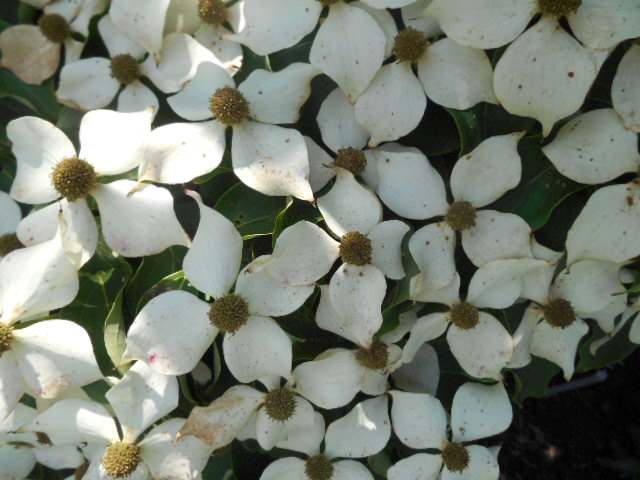A Year-Round Guide to Colorful and Dynamic Displays
Outdoor planters offer a versatile and dynamic way to bring seasonal color and texture to your home or business exterior. Unlike traditional garden beds, planters allow for easy customization and movement, enabling you to refresh your displays with each change in season. From spring’s first blooms to the evergreen textures of winter, thoughtfully designed planters can be a year-round focal point. In this guide, we will explore how to create stunning seasonal outdoor planters, focusing on plant choices, container types, and maintenance tips for each season.
Spring Planters: Embrace New Growth
Spring is the season of renewal, and your planters should reflect this vibrant sense of growth. After the dormancy of winter, people are eager to see new life in their gardens. For your spring planters, think about early bloomers that thrive in cool weather. This is the perfect time to experiment with bulbs that have been pre-chilled, such as tulips, daffodils, and crocuses, which will provide early bursts of color.
Plant Selection:
Bulbs: Tulips, daffodils, and hyacinths are spring classics. You can plant them in layers, so they bloom at different times, prolonging the display.

Perennials: Hardy perennials like hellebores and primroses add structure and can stay in the planters for multiple seasons.

Annuals: Pansies, violas, and snapdragons tolerate cooler temperatures and will bloom throughout the spring.

Container Choice:
Opt for well-draining containers, as spring can bring a lot of rain. If you live in a frost-prone area, consider using resin or plastic containers, which are more weather-resistant.
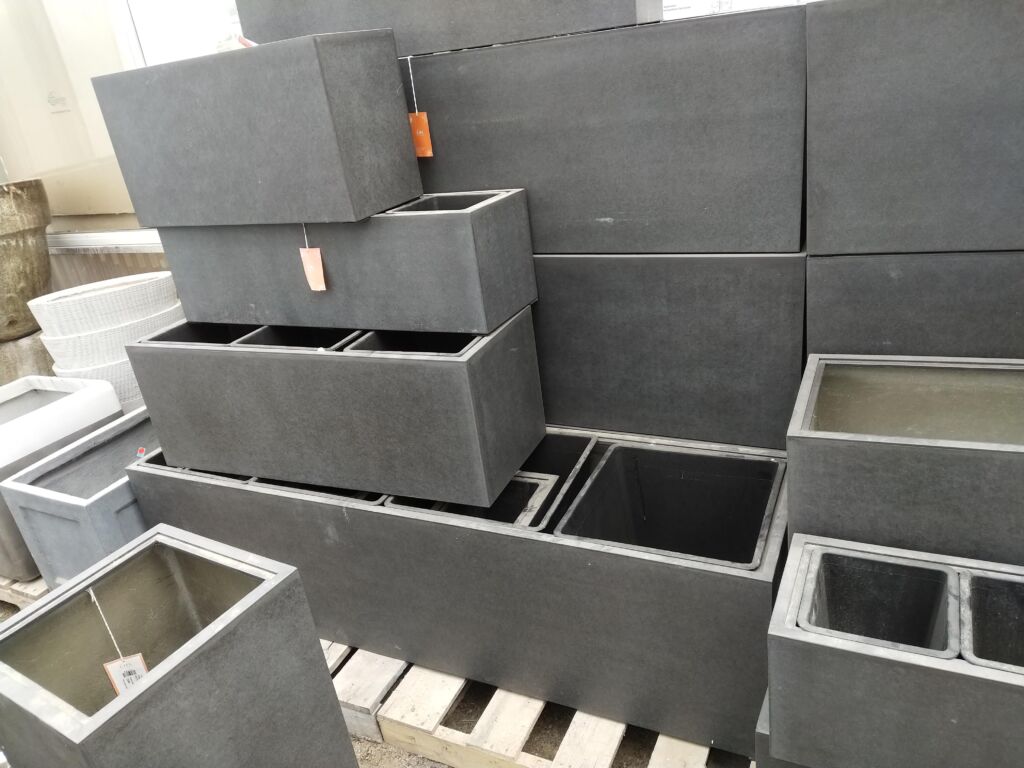
Design Tip:
Layer different heights and textures to add interest. Start with taller plants like tulips in the center or at the back and layer medium-height plants like pansies in the middle. Finish with low-growing ground covers or trailing plants like ivy to cascade over the sides.
Summer Planters: A Riot of Color and Texture
Summer is the time when plants can truly flourish, providing a wide variety of blooms, foliage, and textures. Warm-season annuals and tropical plants can be used to create lush, vibrant displays that thrive in the heat.
Plant Selection:
Annuals: Petunias, marigolds, geraniums, and zinnias are heat-loving annuals that provide long-lasting color throughout the summer months. There are many, many more flowering plants that are available and too numerous to mention here.

Tropical Plants: For a bold statement, include tropical plants such as cannas, elephant ears, cordyline and coleus, which can handle the summer sun.
Herbs: Summer is also the perfect time to integrate herbs like basil, rosemary, sage and thyme into your planters. These not only add fragrance but are also functional for cooking.

Container Choice:
Consider using lightweight containers like fiberglass or plastic for easy movement, as summer storms or extreme heat may require repositioning your planters. Ensure the containers have adequate drainage to prevent waterlogged roots, as summer watering needs are higher. There are also planters that have a water reservoir helping reduce the frequency of watering.
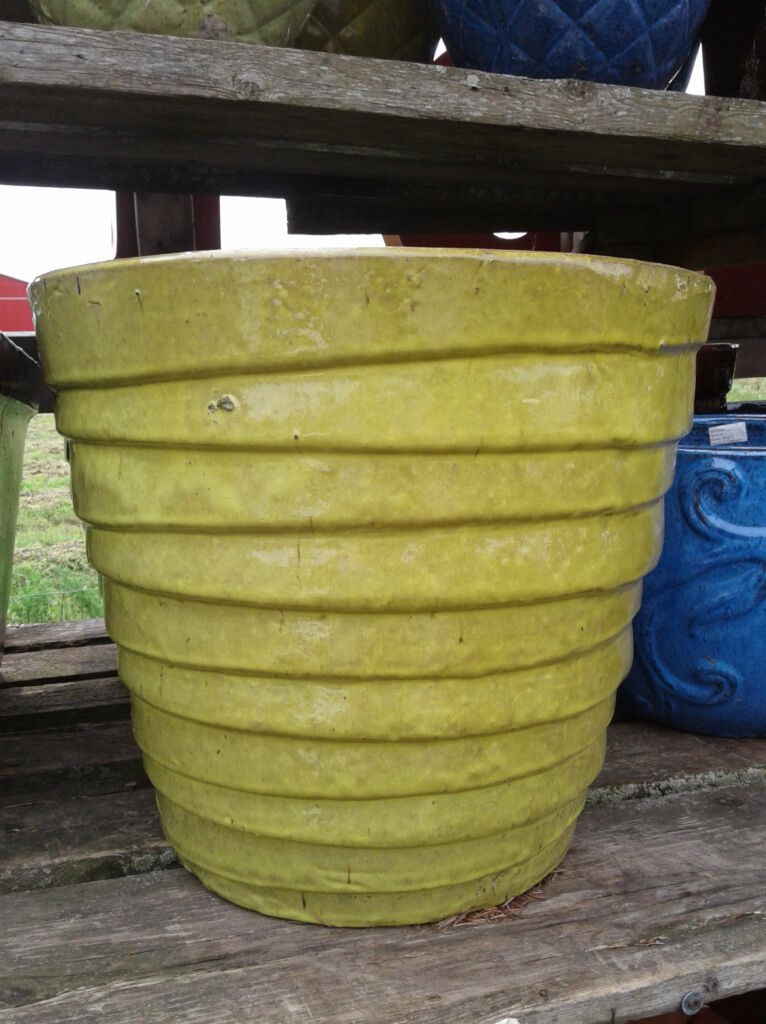
Design Tip:
Use the “thriller, filler, spiller” method for design. The “thriller” is a tall, eye-catching plant like a canna or a spiked grass. The “fillers” are medium-height plants such as marigolds or geraniums, which provide mass and color. Finally, “spillers” like trailing sweet potato vine or dichondra add a cascading effect over the edges of the planter.
Fall Planters: Warm Hues and Harvest Views
As summer fades into fall, your planters should reflect the warm, earthy tones of the season. Fall planters are not just about flowers; they can also include ornamental grasses, pumpkins, and gourds to create a rich, harvest-inspired look.
Plant Selection:
Mums: Chrysanthemums are a fall staple, known for their wide variety of colors and long-lasting blooms.
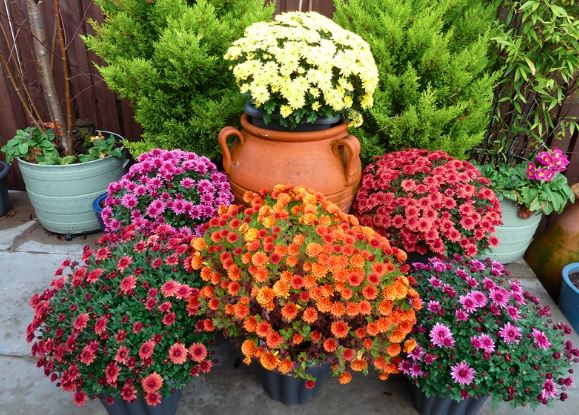
Ornamental Cabbage and Kale: These cool-weather plants provide interesting texture and colors that range from deep purples to soft greens.

Grasses: Ornamental grasses like fountain grass or blue fescue add movement and height to your planter while staying resilient through colder nights.
Vines: Ivy or trailing vinca offer a low-growing, cascading element that can soften the edges of your planter.
Container Choice:
Consider rustic or natural materials like wood, terracotta, or metal to complement the autumn aesthetic. Wooden barrels or galvanized metal tubs are popular choices for fall, offering a farmhouse vibe that pairs well with pumpkins, hay bales, and seasonal decor.
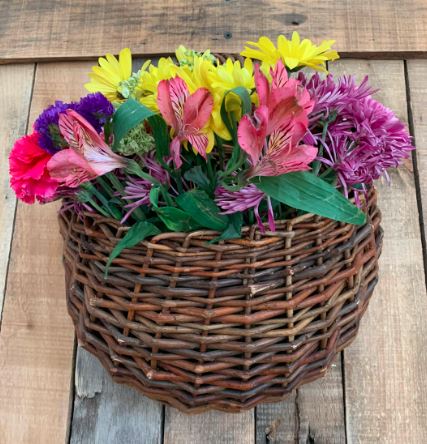
Design Tip:
Mix in non-plant elements like small pumpkins, gourds, or even dried corn stalks for a true fall harvest feel. The addition of twigs or dried grasses can also create an eye-catching contrast against the soft flowers and plants.
Winter Planters: Structure and Evergreen
Winter planters require a different approach, as most blooming plants have gone dormant. However, that doesn’t mean your outdoor spaces need to be devoid of interest. Winter planters can be filled with evergreens, branches, and other cold-hardy plants that provide structure and color through the winter months.
Plant Selection:
Evergreens: Conifers, boxwood, and holly bushes are excellent for winter planters, offering year-round green and a structured appearance.
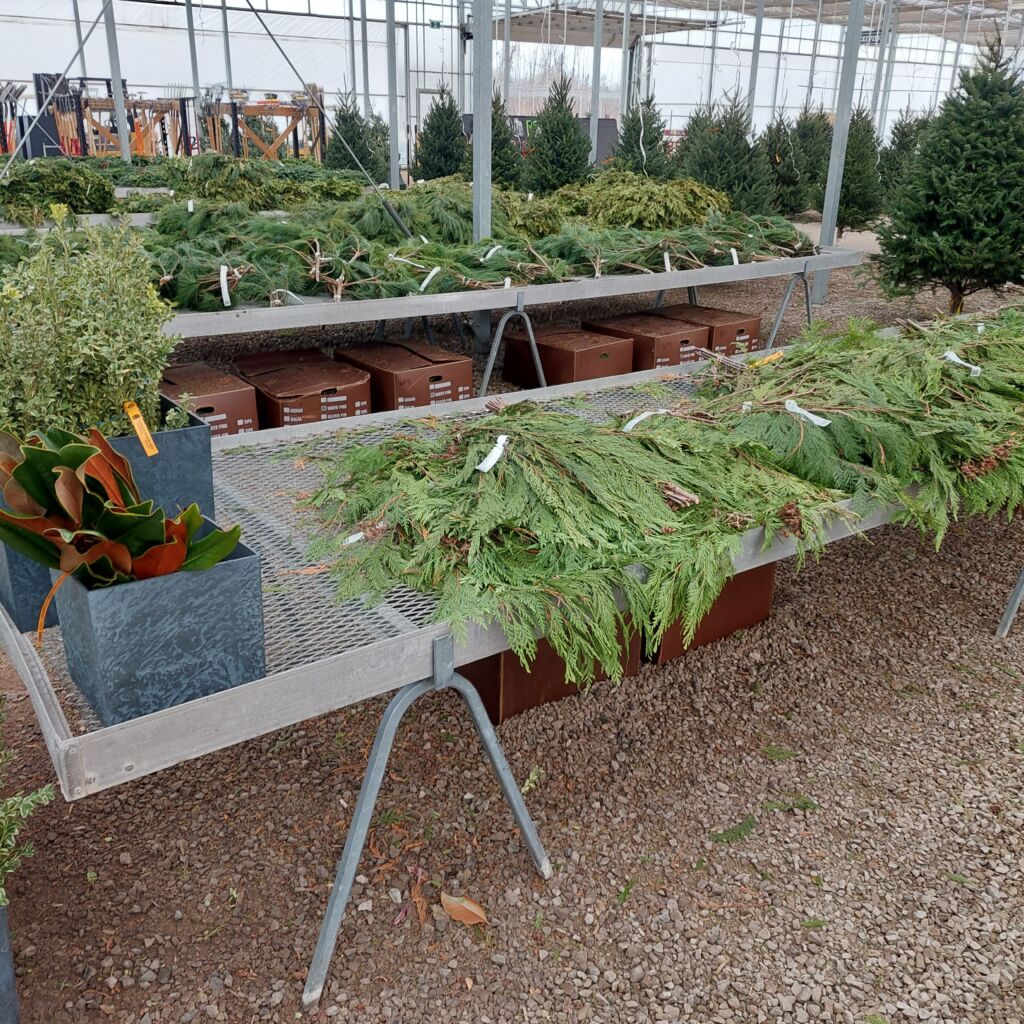
Cold-Hardy Perennials: Plants like heuchera, with its colorful foliage, or hellebores, which bloom even in the cold, are great choices.
Branches and Decorative Elements: Incorporate decorative elements such as red-twig dogwood branches, birch logs, pinecones and baubles such as decorative balls to add texture and interest.
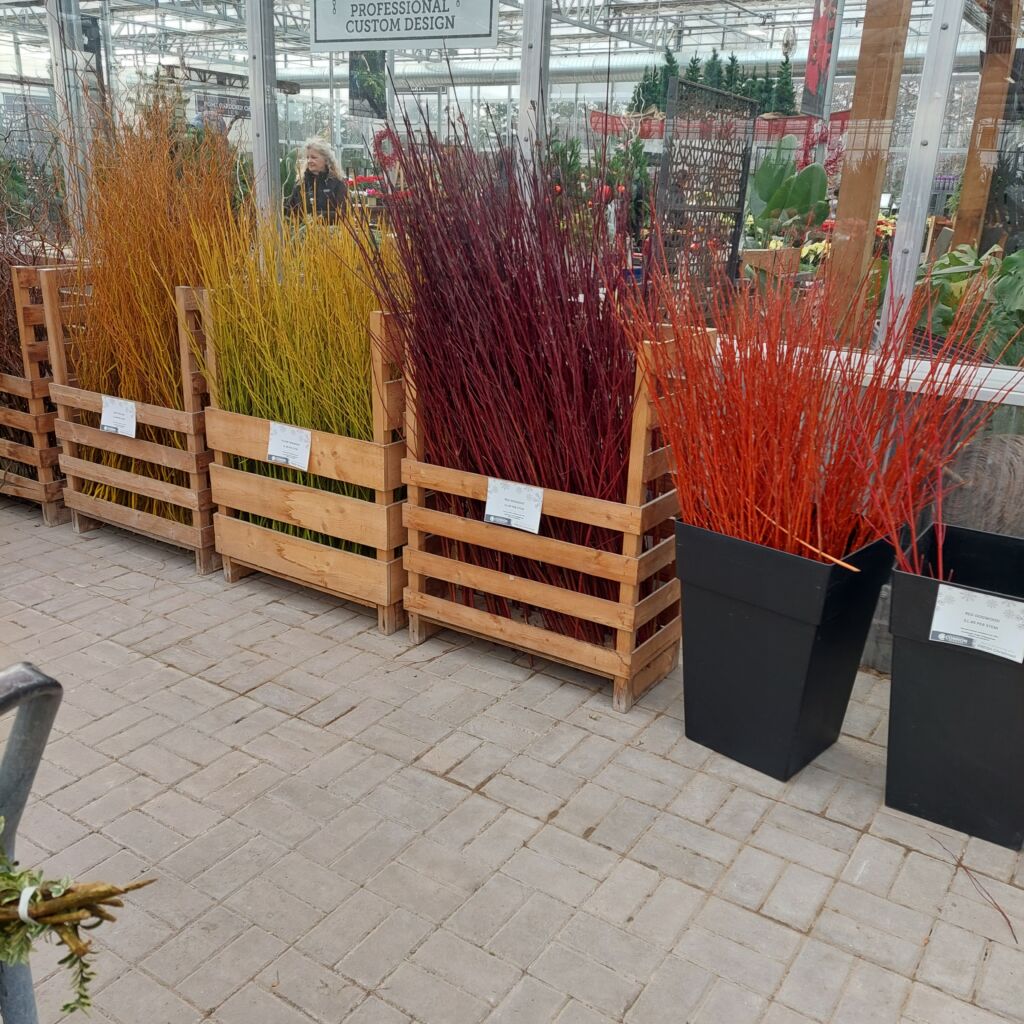
Container Choice:
For winter, it’s important to choose containers that can withstand freezing temperatures without cracking. Resin, fiberglass, or thick plastic planters are ideal. Ensure your pots are frost-resistant and, if possible, raise them slightly off the ground to prevent freezing and cracking.
Design Tip:
Focus on symmetry and structure in your winter planters. Use tall evergreens or branches as a central element and surround them with mounds of smaller evergreen shrubs or cold-hardy plants. You can also add decorative touches like twinkling fairy lights or colorful ribbons to brighten up the dark winter months.
Maintenance Tips for Year-Round Planters
- Watering: Each season has different watering needs. In the heat of summer, plants may require daily watering, while in the cooler months, once a week might suffice. Always check the moisture level in your planters to ensure they’re not waterlogged or too dry.
- Fertilizing: Spring and summer are the prime times for fertilizing. We use a balanced, slow-release fertilizer when planting in the spring, and supplement with liquid feed during the summer to encourage blooms. We do not use fertilizer in the fall or winter.
- Deadheading and Pruning: Regularly deadhead spent flowers in spring and summer to make the planter look tidy and at times to promote continuous blooming. In the fall, prune back dead foliage, and in winter, trim any damaged branches from evergreen plants.
- Container Care: Clean and inspect your containers at the end of each planting season. Some containers may have developed cracks. Metal containers may need to be sealed to prevent corrosion.
Round up!
Seasonal outdoor planters offer a dynamic way to add color, texture, and interest to your garden or home exterior throughout the year. By selecting the right plants and containers for each season and following proper maintenance practices, you can ensure your planters remain a stunning focal point, no matter the time of year. Whether you’re looking for the first hints of spring or the structured elegance of winter, outdoor planters provide endless opportunities to refresh and reinvigorate your outdoor spaces.
We offer an extensive container installation and maintenance program. Whether you are just looking for one seasons service or an annual installation and maintenance program, we are the people to go to.
Not only do we “do” planters we design and install door swags, wreaths and centrepieces.
We have decades (yes, we are OLD) of experience and were trained at the Niagara Parks Commission School of Horticulture in container design and maintenance, Just reach out to us with any questions at all.
Matt@VerdantLandscaping.ca
Some examples:
